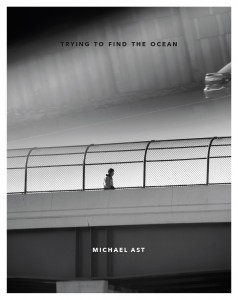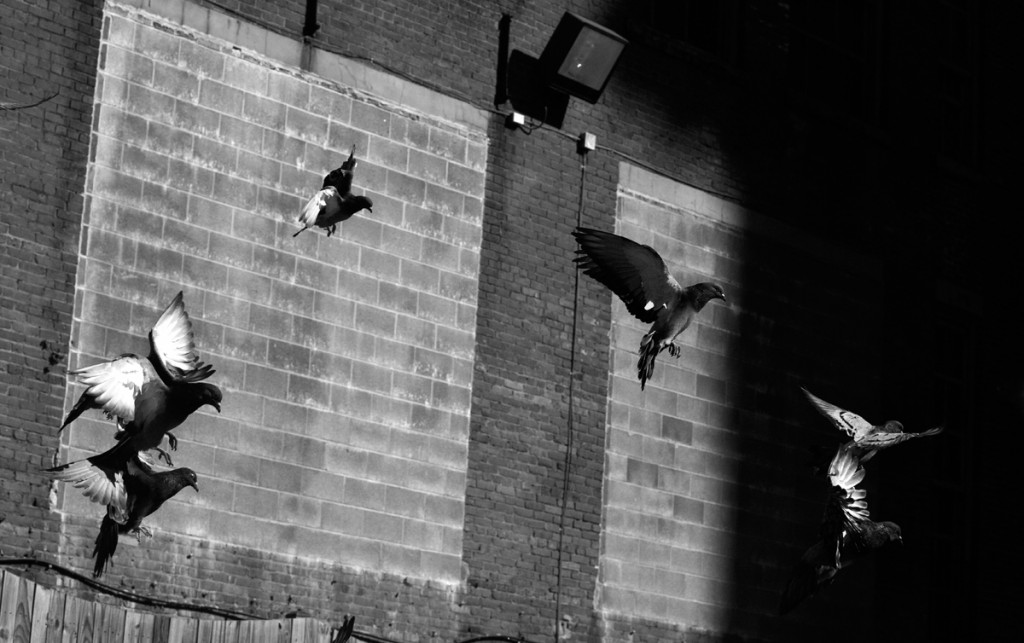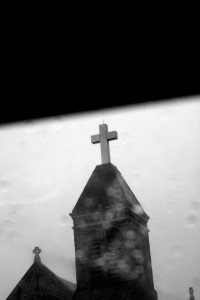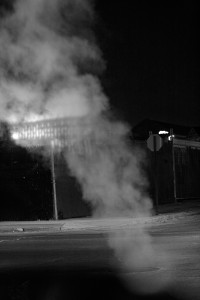 With its dejected lyrics, minor chord build-up and anthemic refrain declaring “Man it’s hard just to live,” Randy Newman’s 1977 song Baltimore left its mark on the public imagination in describing this American city as irredeemably lost. Nina Simone’s ersatz reggae version a year later embellished that feeling of desperation. The song begins with the vivid yet pathetic image of a “beat up little seagull sitting on a marble stair, trying to find the ocean, looking everywhere.” The spirit of the song, if you can call it that, maybe angst is a better word, captured the overall malaise of the United States in the post-Watergate era. At the time, President Jimmy Carter warned of a ‘crisis of confidence’ that seemed to be undermining the country’s faith and hope.
With its dejected lyrics, minor chord build-up and anthemic refrain declaring “Man it’s hard just to live,” Randy Newman’s 1977 song Baltimore left its mark on the public imagination in describing this American city as irredeemably lost. Nina Simone’s ersatz reggae version a year later embellished that feeling of desperation. The song begins with the vivid yet pathetic image of a “beat up little seagull sitting on a marble stair, trying to find the ocean, looking everywhere.” The spirit of the song, if you can call it that, maybe angst is a better word, captured the overall malaise of the United States in the post-Watergate era. At the time, President Jimmy Carter warned of a ‘crisis of confidence’ that seemed to be undermining the country’s faith and hope.
Over the years, the shenanigans of the white trash maniacs in John Waters’ films and the violent and corrupt world of David Simon’s The Wire have not helped resuscitate the city’s reputation. As a resident of Baltimore, I have to admit there is some truth to these representations. Just yesterday, for example, I ferried a young musician from his home in West Baltimore to play a concert at an upscale retirement home on the North Side. This quiet and disciplined high school student lives in a neighborhood in a state of permanent disaster. Every day he lugs his upright bass to the bus stop and tries to ignore the rubble strewn corners and clusters of unemployed young men on corners by silently memorizing musical compositions in preparation for that day’s lessons.
It is a romantic image, an idealistic youth rising from the ruins, finding redemption through music, art or athletics. Capitalism thrives on such stories of personal triumph because they mask pernicious structural inequities and feed the illusion that escape and reward is within reach if one works and dreams hard enough. Seldom mentioned in such delusional fictions are the many desperate citizens left behind to fend for themselves in cities that have degenerated into America’s purgatories. 
Photography is a medium that straddles the boundary between the real and the metaphoric. Photography is utilitarian; its basic gesture, as Roland Barthes has written, is to point, as if to say ‘Look!’ and ‘That!’ It is a descriptive medium, a recorder of surfaces. The paradoxical thing about photography is that the more precisely it describes specifics the more it becomes about other things. For Michael Ast, Baltimore is a specific place and a site for exploring the way in which photographs map the territory between the real and the imagined.
The city is a built environment, a stage set for human narrative. For many photographers of the 20th century, the city was experienced as a kind of phantasmagoria, a proscenium of the enigmatic, ever shifting, and unknowable. In Ast’s images one can detect the ghosts of this lineage, Brassai, Brandt, Cartier Bresson, Friedlander, Winogrand and perhaps the god of them all, Robert Frank. Despite these ghosts, Ast’s images are not esthetically nostalgic. First of all, photography is handcuffed to time, and we can clearly observe through details that these are scenes from the contemporary landscape.
But there is something else that distinguishes Ast’s images, and that is a curious combination of precision and distance, as if he were operating a microscope and a telescope simultaneously. That he often photographs from vehicles and hotel rooms is part of that duality. Dirty windshields or fogged windows create visual hurdles or compositional obstacles, implicitly reminding us that we are not witnessing the world directly but are instead seeing through multiple frames of representation. 
For example, a rain-dappled car window textures the view of a church steeple; a black curtain (presumably the ceiling of the car) fills the top third of the frame. Is this exterminating darkness rising or falling? In another image we peer through vignetting shadows to spy upon a couple passing by an old-fashioned street lamp. The orb above their heads glows with a cold white light so pure as to suggest otherworldliness. A third image is like a surrealist puzzle that can only come from the chance juxtaposition of random elements. In it we see a fragment of a blond middle-aged woman walking down the street. She is unaware of being framed by a trapezoid of a car window. Appearing on the painted brick wall behind her is the dramatic shadow of a lamp, a wire to nowhere, and a gray star hovering like the free floating signifier it is.
Several others of Ast’s images are so crisp that sheer descriptive vividness fills our perception to the point of saturation. A young man holds a silver cell phone up to his ear, his hair tightly braided in gleaming cornrows. He is turned away from us, his gaze directed at something outside the frame. In another image a woman crosses the street cradling a vacuum cleaner in her arms, the white power cord forms curlicues that visually echo the circles of telephone wire that float above the street. In pictures like these Ast conjures the inscrutability of the everyday, directing our gaze toward the precisely rendered surfaces of skin, fabric, metal and stone. The images are at once both obvious and mysterious as if the unrelenting power of description mocked our ability to comprehend.
 For Michael Ast photographing is a form of praise. To frame something in the world is to confer importance, to proclaim that it existed, was noticed and would not disappear without acknowledgement. He does not seek the spectacle of conventional beauty, nor does he indulge in gratuitous ugliness. Instead, Ast invents the world as he goes along, finding small moments and minor revelations that add up to an episodic collection of subtle dualities. A random doorway demands that “All Guest Please Sign In”, the dark oculus of a surveillance camera returns our gaze. The icon of the guest book is reminiscence of a holy tract; we might be at the humble gate of heaven. Is this a test of our faith? Should we cross this banal yet ominous threshold and sign in? Or look at the image of steam rising from a manhole at night, like many of the images here, it is deceptively simple. Whether one tends toward metaphysical or material interpretations, this image certainly suggests a power from below. Is it nefarious? Is the steam a manifestation of malevolence? Or does it represent escape? That Ast can suggest such rich connotative undercurrents in humble Baltimore is in itself a small miracle.
For Michael Ast photographing is a form of praise. To frame something in the world is to confer importance, to proclaim that it existed, was noticed and would not disappear without acknowledgement. He does not seek the spectacle of conventional beauty, nor does he indulge in gratuitous ugliness. Instead, Ast invents the world as he goes along, finding small moments and minor revelations that add up to an episodic collection of subtle dualities. A random doorway demands that “All Guest Please Sign In”, the dark oculus of a surveillance camera returns our gaze. The icon of the guest book is reminiscence of a holy tract; we might be at the humble gate of heaven. Is this a test of our faith? Should we cross this banal yet ominous threshold and sign in? Or look at the image of steam rising from a manhole at night, like many of the images here, it is deceptively simple. Whether one tends toward metaphysical or material interpretations, this image certainly suggests a power from below. Is it nefarious? Is the steam a manifestation of malevolence? Or does it represent escape? That Ast can suggest such rich connotative undercurrents in humble Baltimore is in itself a small miracle.
Mark Alice Durant
(Essay © 2014)
Further writings and interviews by M.A.D. can be found at his art journal/website – View Saint Lucy here